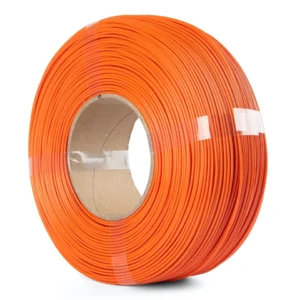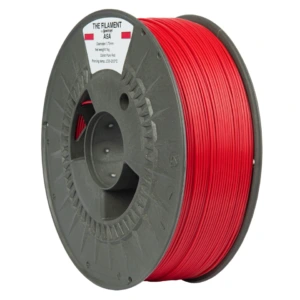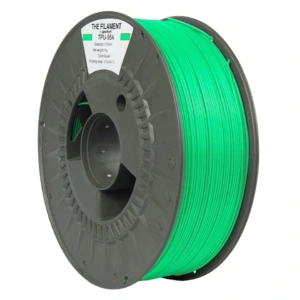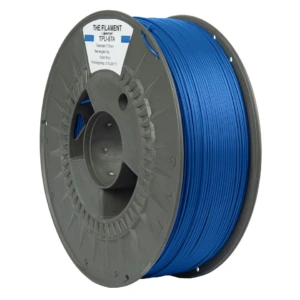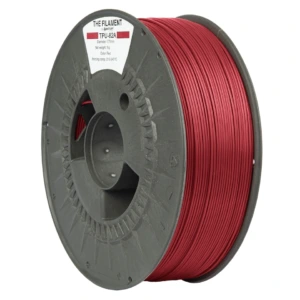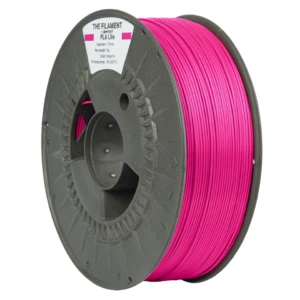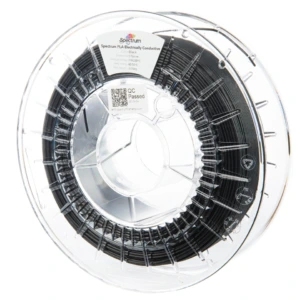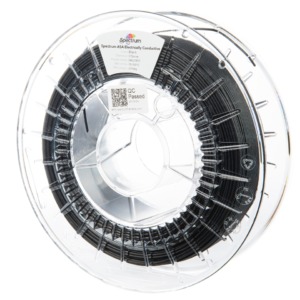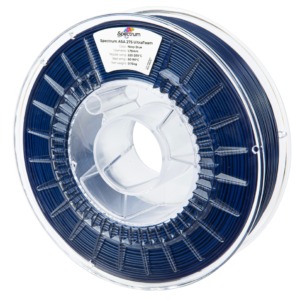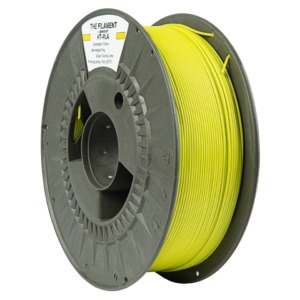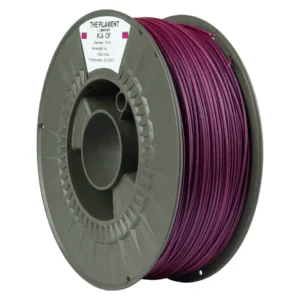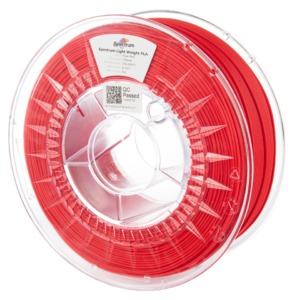Filament production and humidity
The process of manufacturing filaments for 3D printing, like any manufacturing process, requires the best possible conditions, including:
- preparation of feedstock, through its proper storage and drying,
- use of correct parameters for processing the material – through the use of the right extrusion temperatures, the correct selection of auxiliary tools, the indication of precise filament winding speeds, the determination of the correct temperature in the first cooling bath, the correct design of the drying system and the winding of the finished filament,
- proper packaging and storage, i.e. the use of airtight packaging with a bag of moisture adsorbent (e.g. silica gel), and storage under appropriate conditions.
The standards described above are always followed during the manufacture of Spectrum Filaments. It might seem that ensuring optimum conditions for the production of filaments translates into 100% success visible to the naked eye on 3D printer workbenches. Sadly, this is not always achievable. There are many reasons for that. A common problem is moisture, and it should be noted that despite the use of strict drying procedures during production – moisture problems can also arise for end users of the filament. As you can read above in the very simplified description of the process of filament production, the word “drying” appears several times. This is a very important procedure to ensure the right properties of the filament at the production stage.
3D printing and humidity
In the process of 3D printing, it is very important to properly prepare the feedstock (filament) – above all, to ensure the lowest possible moisture content of the material. Plastics are divided into hygroscopic (e.g. PA6 Low Warp, smart ABS, ASA 275, Premium PETG) and non-hygroscopic (e.g. PS, PE or PP). In the case of the former, moisture is absorbed into the entire volume of the material, and water particles deposit on the surface of the filament. In the case of non-hygroscopic materials, moisture only accumulates on the surface of the filament. Regardless of the type of moisture or the extent of hydrophobicity of the material, it is very important to reduce the moisture level of the material as much as possible. When moist filament is extruded through the working heads of 3D printers, hydrolysis can occur, leading to changes in the structure of the thermoplastic material. As one can guess, hydrolysis is an undesirable phenomenon that leads to a deterioration of the functional properties of incrementally manufactured parts (reduction in impact strength, bending strength, hardness, etc.). In addition to the deterioration of the properties of the extruded material, the quality of adhesion of the extruded material to the 3D printer’s workbench, as well as the adhesion of subsequent layers of material, deteriorates significantly. The issue of the deterioration of adhesion bonds is directly related to the ?curling? of the first print layers, or cracks between the applied material layers.
How do you identify moisture in filament?
The effects of moisture on the material manifests itself in various ways. These differences are mainly due to the presence of different 3D printing materials, as well as the level of moisture. Sometimes humidity problems can be seen as soon as the material is extruded from the 3D printer head – bubbles appear on the filament and a characteristic “crack” can be heard when these bubbles burst. For materials such as PA or PMMA, bubbles can be visible on the print surface in the form of grooves. During 3D printing with ABS, the negative effect of humidity manifests itself through a significant deterioration of the functional properties of the manufactured parts and a visible increase in shrinkage effects (cracks, deformation of the lower print layers).
How to prevent moisture in filament?
Regardless of the origin of moisture on the surface of the filament or inside it, it is very important to know how to eliminate the negative effects. First of all, it is important to know that prevention is better than cure, so the first thing to do is to ensure that the filament is stored in the right conditions. It is a good idea to invest in a container for filament storage with moisture adsorbents (such as the silica gel mentioned above). If, in spite of such preventive measures or for other objective reasons visible and obvious signs of moisture appear during printing, the production process must be interrupted and the filament must be subjected to an appropriate drying process. In case of more prudent users of our filaments – such drying can be carried out immediately before the process.
How to carry out the drying process? Theory vs. practice
Below are the answers to these very important questions:
- drying in hot air – this is the most frequently used method for drying thermoplastic materials, unfortunately it is only effective in case of moisture deposited on the surface of the materials. Heating moist ambient air to a temperature close to the plasticisation temperature of e.g. PLA (approx. 60°C) will ensure relative humidity of approx. 25%. Such a value will not allow moisture to be removed from within the material. It is very important to bear in mind the release of monomers when drying in hot air. Therefore, ovens or dryers used for heat treatment of food should not be used for drying filaments,
- drying in dry air – this method is very effective for hygroscopic plastics. Extraction of moisture from inside the material occurs due to the pressure difference between the pressure of water vapour “trapped” in the filament and the pressure of the drying air. In this method, it is very important to use a moisture adsorbent and hot air, whereby the moisture in the material is released in the form of water vapour and is then absorbed by the said absorbent. This process takes place in a closed system.
Regardless of the chosen drying method, it is very important to use the right drying parameters – mainly specific temperatures and drying times. Exceeding the permissible drying parameters may result, for example, in worse wettability of the given material, so that the print may peel off the workbench or the applied layers may separate, moreover, the produced elements may be much more brittle and prone to deformation.
Table of drying temperatures and drying times of filaments
In our materials we use recommended parameters for drying in hot air, assuming typical environmental conditions (temperature 20°C, humidity 40%). Please note that depending on the conditions in which the material is stored (degree of moisture), the drying equipment and method used, as well as the prevailing conditions (temperature and humidity), the drying parameters may vary slightly. If you have any questions or concerns about the drying of our materials or other technical matters, please feel free to contact our support department: support@spectrumfilaments.com
Graduate of need for drying
| 1 | Optional |
| 2 | In justified cases |
| 3 | Recommended |
| 4 | Necessary |
